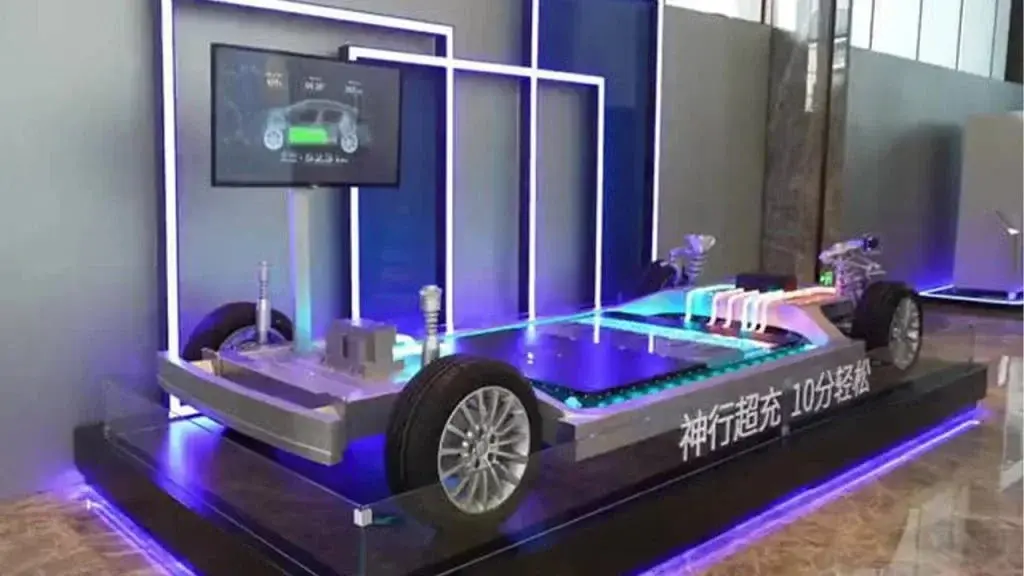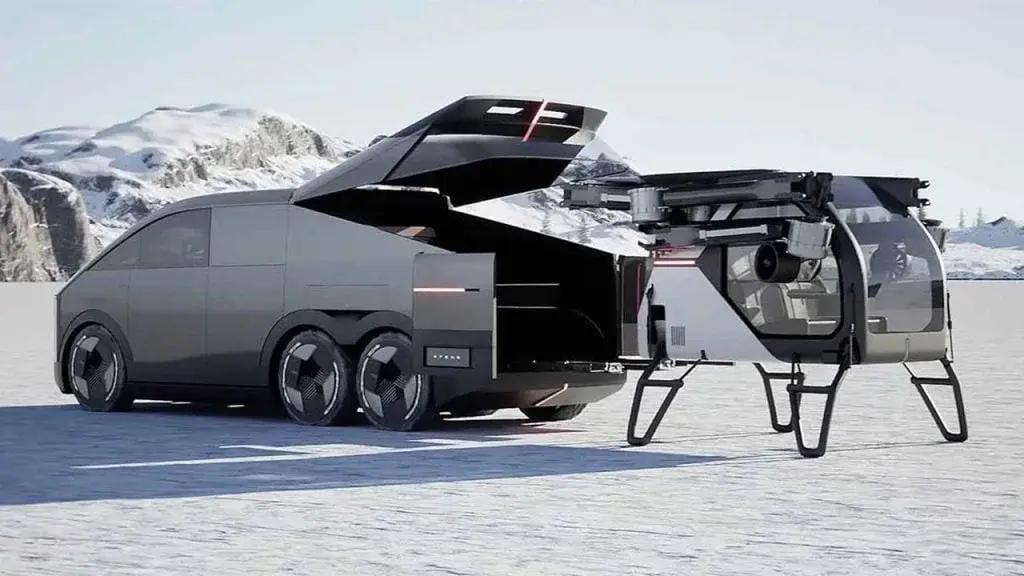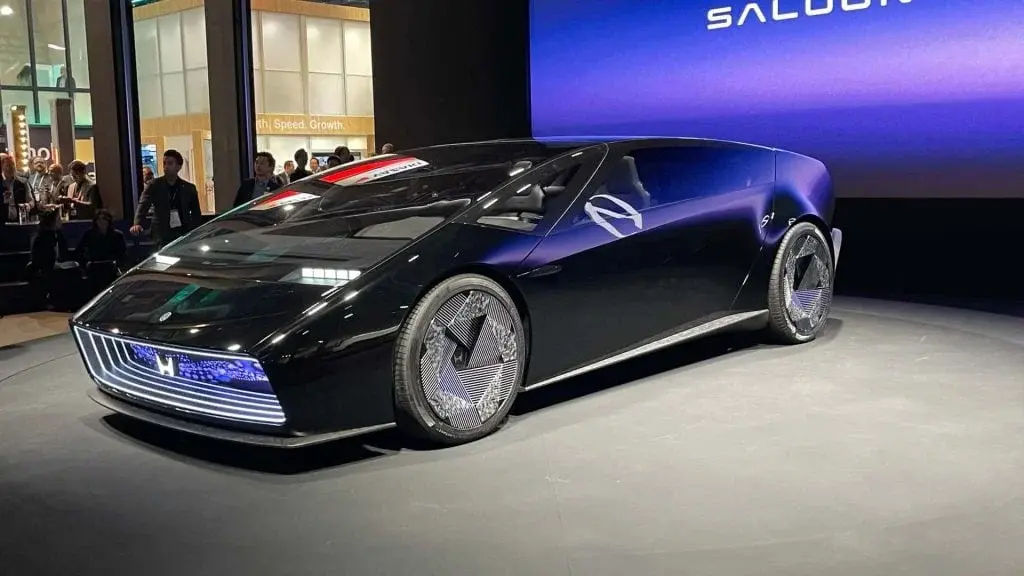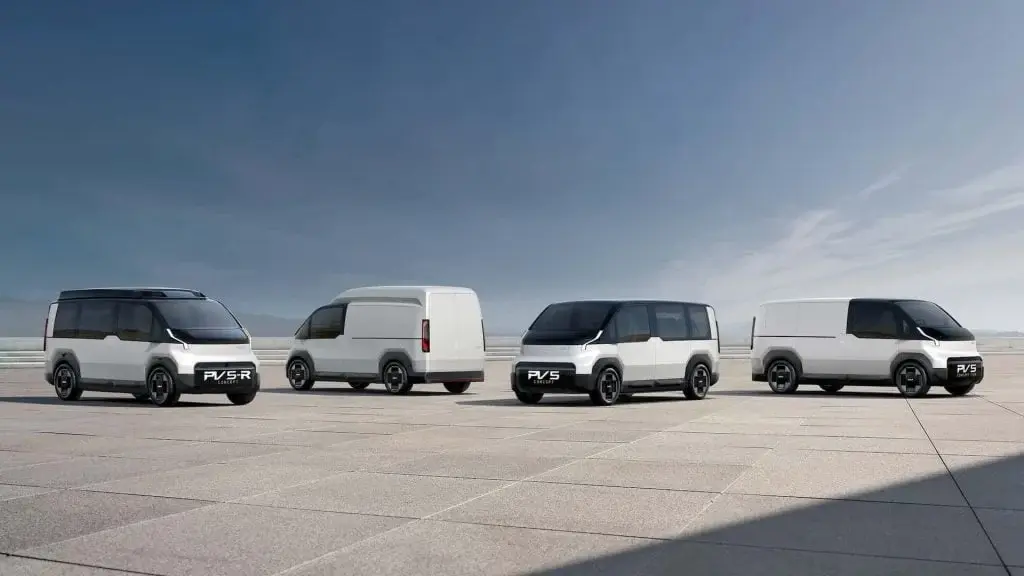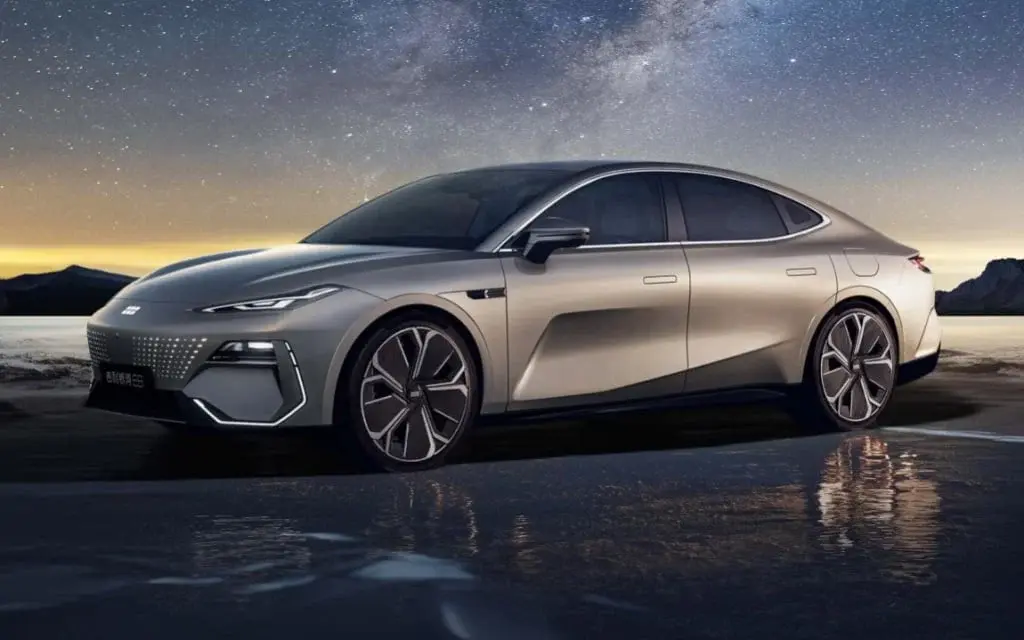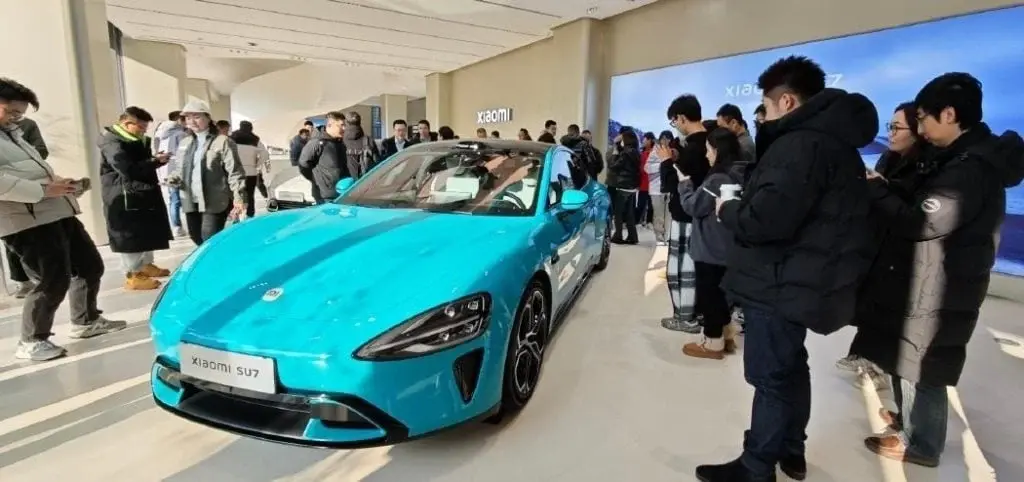South Korea’s SK On to Begin Mass Production of LFP Batteries in 2026
South Korean company SK On is planning to start mass production of lithium iron phosphate (LFP) batteries as early as 2026. The company aims to collaborate with major traditional automakers to provide a more cost-effective battery chemistry. SK On’s Chief Administrative Officer, Choi Young-chan, revealed this strategy, which is similar to that of Chinese counterparts.
Expansion of Battery Supply to Major Automakers
SK On is already actively involved in supplying electric vehicle (EV) batteries to major automakers like Ford, Volkswagen, and Hyundai. Although the names of the specific original equipment manufacturers (OEMs) have not been disclosed, Choi stated that mass production will begin once the ongoing discussions are finalized.
Growing Adoption of Diverse Battery Chemistries
The automotive industry is currently experiencing a surge in the adoption of various battery chemistries, including LFP. Manufacturers are striving to reduce costs and ensure a stable supply chain. This announcement from SK On provides the first detailed insight into its LFP battery strategy and outlines a timeline for mass production. Rivals LG Energy Solution and Samsung SDI have also announced their plans to target mass production of LFP products in 2026.
Focus on Energy Density and Efficiency
SK On, a battery unit of South Korean energy group SK Innovation, is considering the possibility of manufacturing LFP batteries in Europe or China. Choi acknowledged the challenge of competing with Chinese LFPs on cost but emphasized that the company’s focus is on energy density, charging time, and efficiency rather than price alone.
Concentration on European Market for LFP Batteries
Although SK On has production facilities in the United States, South Korea, Hungary, and China, the company is not currently in talks with its U.S. automaker customers regarding LFP supply. Choi explained that the high cost of building LFP factories in the United States makes it less feasible. Instead, the company is primarily concentrating on the European market.
Chinese Dominance in LFP Production
Chinese battery manufacturers, such as CATL and BYD, currently dominate global LFP production. They benefit from strong demand in their home market. LFP batteries from Chinese manufacturers are approximately 20% cheaper than nickel-based alternatives, making them an economical option for EVs, although they may have slightly reduced range compared to nickel-based alternatives. SK On is also working on the development of prismatic and cylindrical-type EV batteries, with notable progress in the latter, which is used by Tesla and other automakers.

